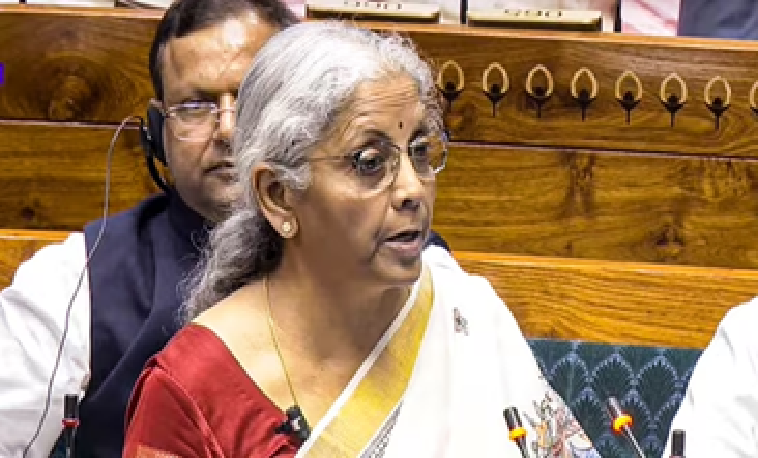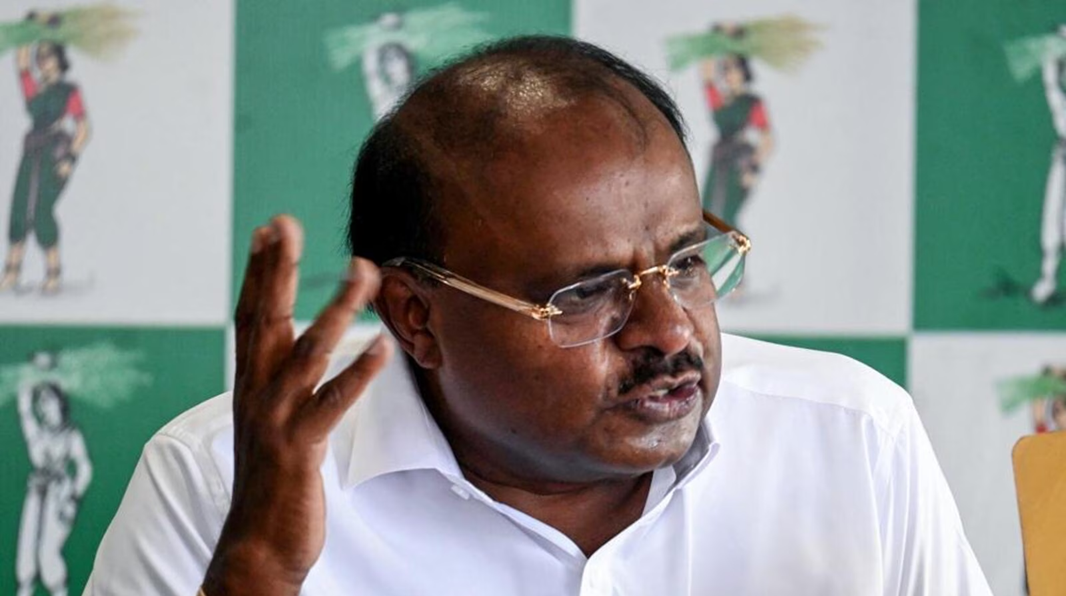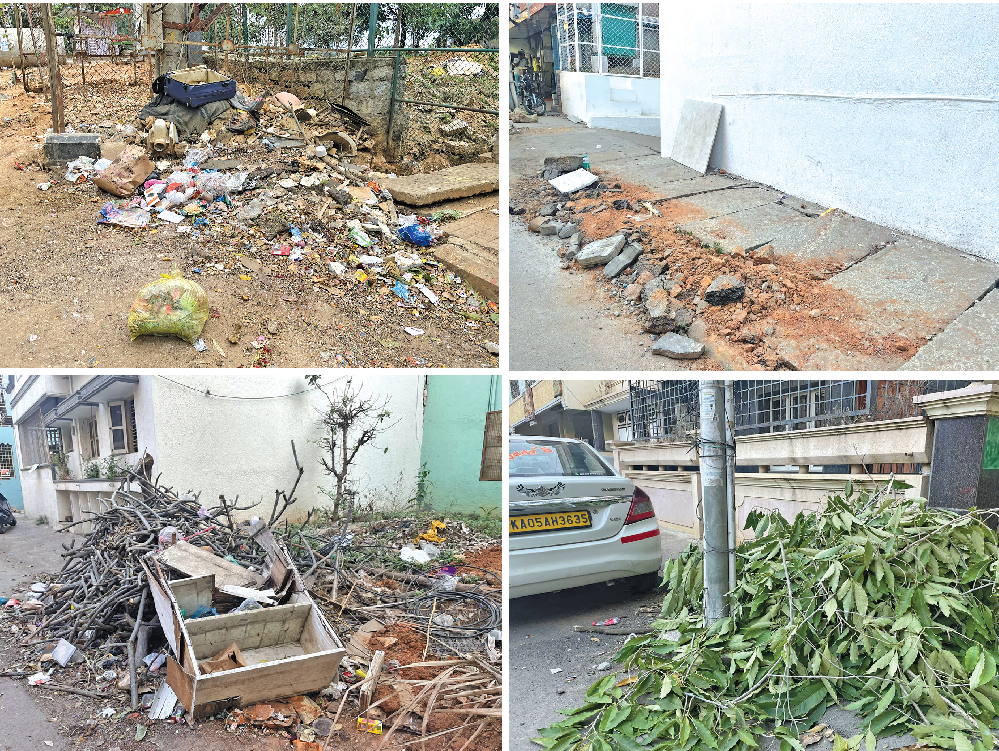
Skin Bank in B'luru: A lifesaving haven for burn patients
Sowmya Raju | NT
Bengaluru: Bengaluru, the capital of Karnataka, India, is home to a unique and vital facility: the Rotary Ashirvad BMCRI Skin Bank.
This skin bank is the first and only one of its kind in Karnataka, and it plays a critical role in saving the lives of burn patients. The skin bank was established in 2016 in association with Rotary Ashirvad, a charitable organisation.
It is located within the Victoria Hospital, the premier medical facility in Bengaluru. The bank collects and stores donated skin grafts, which are then used to treat burn patients.
The need for skin grafts
"I witness the critical role that skin grafts play in the healing journey of burn patients. Essential for wound healing, pain reduction, and infection prevention, skin grafts are a precious resource, especially in regions grappling with shortages.
In countries like India, scarcity is even more pronounced. The Rotary Ashirvad BMCRI Skin Bank emerges as a beacon of hope in this scenario. By collecting grafts from cadavers and employing meticulous processing, Skin Bank ensures a readily available, sterile supply.
This initiative not only addresses the scarcity but also exemplifies the transformative impact collaborative efforts can have on healthcare accessibility and patient outcomes,” said Dr. Smitha Segu, Head of Plastic Surgery and Burns Departments, Victoria-BMCRI Hospital.
The impact of the skin bank
The Rotary Ashirvad BMCRI Skin Bank stands as a transformative force in Bengaluru’s healthcare landscape, leaving a mark on the lives of burn patients in the region.
With a track record, the Skin Bank has extended its healing to over 200 patients, offering them a lifeline in their journey of recovery from burn injuries.
These skin grafts play a pivotal role in the restoration of damaged tissue, alleviating pain, and significantly enhancing the quality of life for the recipients.
Through its initiatives and outreach programs, the bank has successfully educated the community on the profound impact of skin donation after death.
The process
In Bengaluru's Skin Bank, the extraction of skin from cadavers is a meticulous process ensuring the highest standards of hygiene and safety.
Explaining the process, Dr Smitha Segu said, “Following ethical guidelines, a team of skilled professionals carefully retrieves the skin from deceased individuals.
Postextraction, the harvested skin undergoes a stringent processing procedure to maintain its integrity and sterility. The processed skin is then stored in the skin bank's advanced facilities, creating a reservoir of readily available grafts.
This systematic approach guarantees that when the need arises, burn patients can promptly access highquality skin grafts, expediting their healing process and enhancing overall outcomes.”
 English daily published in Bengaluru & Doha
English daily published in Bengaluru & Doha






